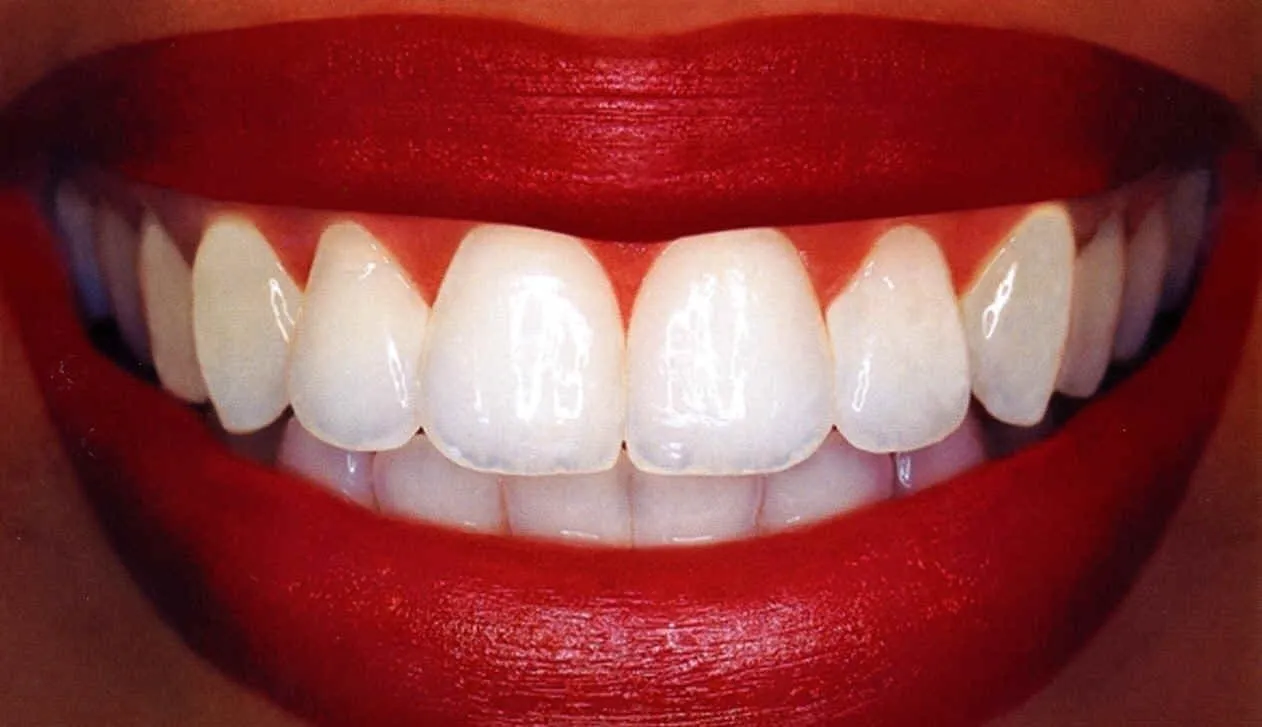What are Teeth Whitening Procedures?
Teeth whitening procedures are cosmetic dental treatments designed to lighten the color of your teeth and remove stains. These procedures can dramatically improve the appearance of your smile, boosting your confidence and making you look younger. The effectiveness of these treatments varies depending on the type of procedure, the severity of the staining, and individual factors such as the patient’s oral health and lifestyle. Several methods exist, ranging from professional treatments performed by dentists to over-the-counter products available for at-home use. Understanding the different options and their respective benefits and risks is crucial for anyone considering teeth whitening. This guide will help you navigate the various procedures and make an informed decision about which option best suits your needs and goals.
Professional Teeth Whitening
Professional teeth whitening procedures offer the most dramatic and immediate results. These treatments are performed by a dentist in a clinical setting, ensuring safety and effectiveness. The process typically involves applying a high-concentration bleaching agent to the teeth, which is then activated by a special light or laser. This process breaks down the stains and discoloration within the enamel, leaving the teeth significantly whiter. Dentists can customize the treatment to match individual needs and address specific concerns such as sensitive teeth or uneven staining. The advantages of professional teeth whitening include faster results, stronger whitening agents, and the supervision of a dental professional. This ensures that the procedure is carried out safely and effectively, minimizing any potential risks.
In-Office Bleaching
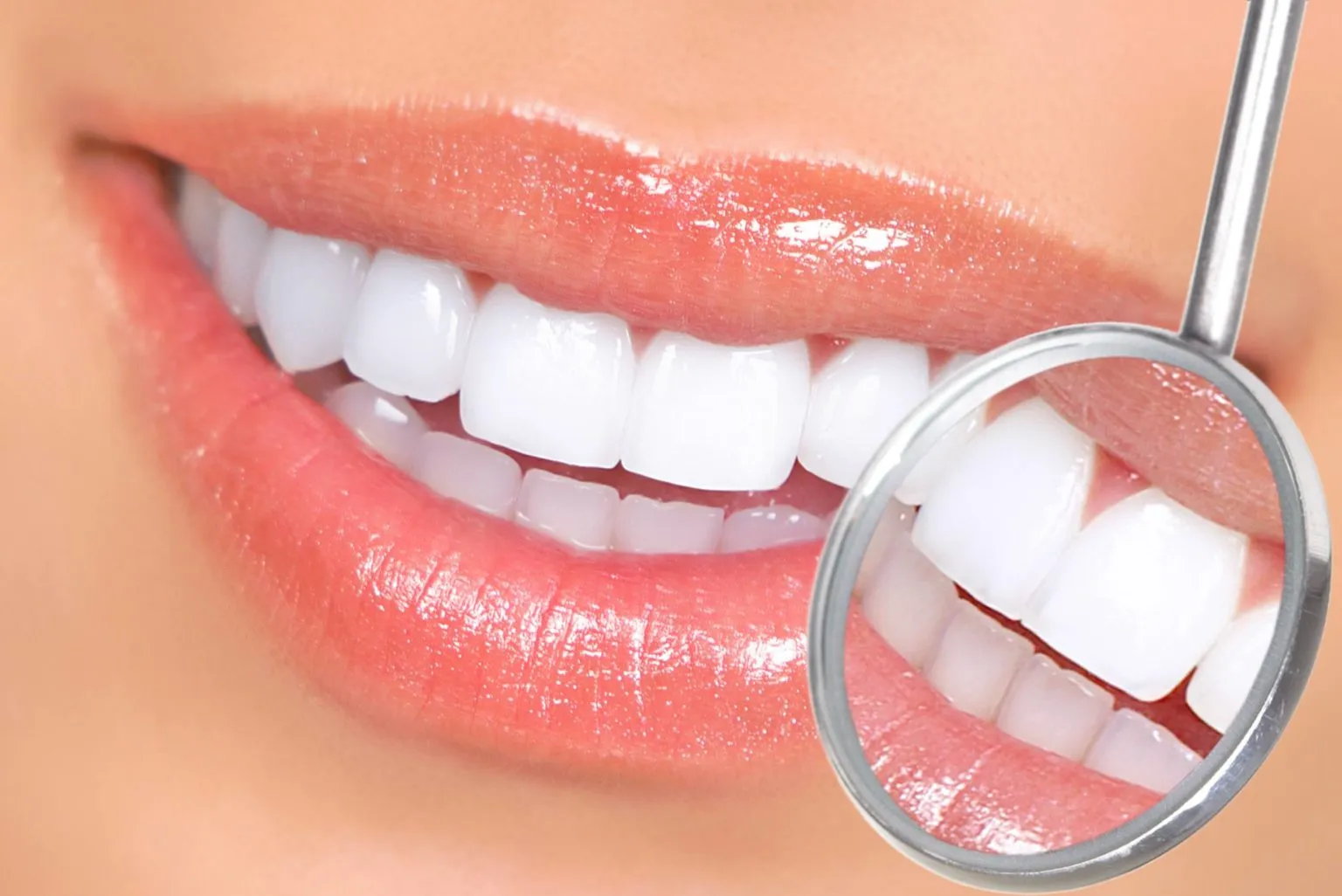
In-office bleaching is one of the most popular professional teeth whitening methods. During this procedure, the dentist will first clean your teeth and isolate the gums to protect them from the bleaching agent. A high-concentration hydrogen peroxide gel is then applied to the teeth. This gel is often activated by a special light or laser, which accelerates the whitening process. The procedure usually takes about an hour, and you can often see a noticeable difference in the shade of your teeth immediately. In-office bleaching provides the most immediate and significant whitening results. It’s ideal for those who want a quick and effective solution and are willing to invest in a professional treatment.
Take-Home Whitening Kits
Take-home whitening kits, provided by your dentist, offer a more gradual approach to teeth whitening. These kits typically include custom-fitted trays and a lower-concentration bleaching gel. The dentist will take impressions of your teeth to create the trays, ensuring a perfect fit. You then fill the trays with the whitening gel and wear them for a specified amount of time each day, as instructed by your dentist. The advantage of take-home kits is that they are more convenient and affordable than in-office treatments. They allow you to whiten your teeth at your own pace in the comfort of your home. However, the results may take longer to appear compared to in-office bleaching, and consistent use is required to achieve the desired outcome. Your dentist will monitor your progress and provide guidance throughout the process.
Non-Professional Teeth Whitening
Non-professional teeth whitening options are available over-the-counter and provide a more accessible and cost-effective way to lighten your teeth. These products include whitening toothpastes, strips, and gels. While they are generally less potent than professional treatments, they can still improve the brightness of your smile, especially for mild stains and discoloration. It’s essential to understand the limitations of these products and to follow the instructions carefully to avoid any potential side effects. Non-professional options are best suited for those looking for a subtle enhancement or to maintain the results of a professional whitening treatment. However, they may not be effective for severe stains or significant discoloration.
Whitening Toothpastes
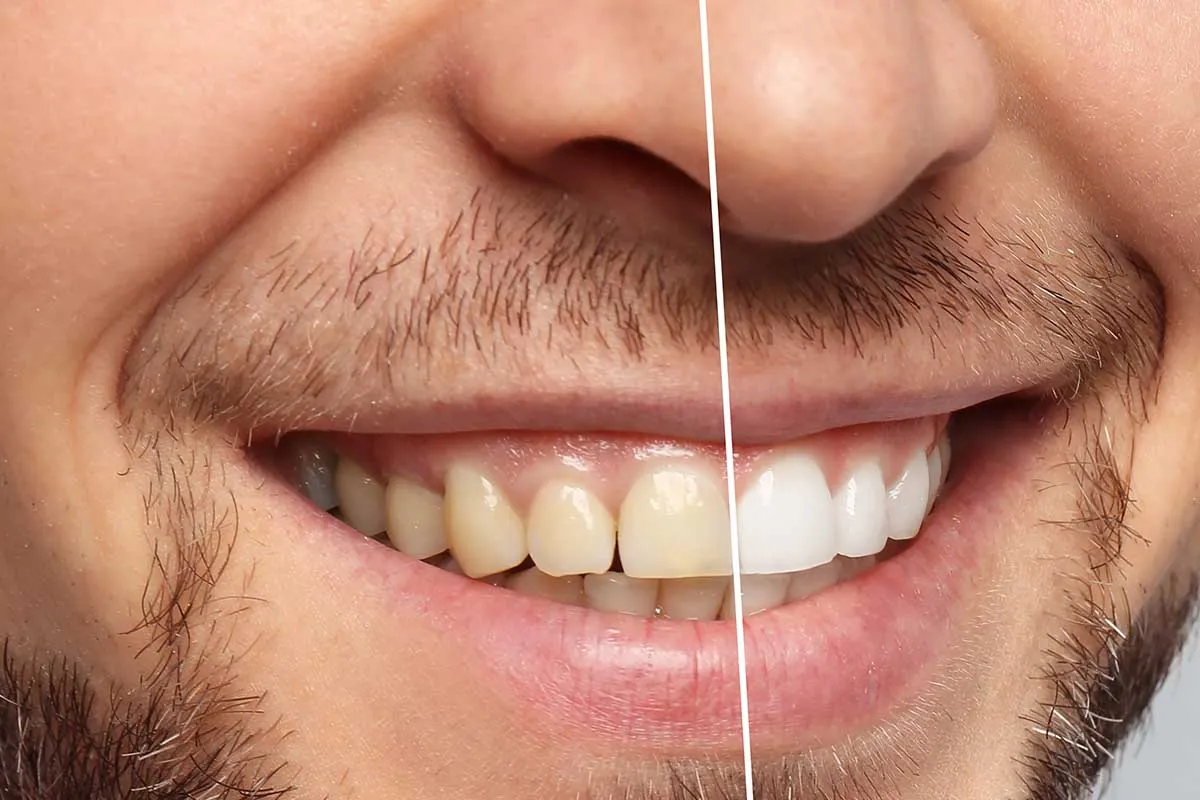
Whitening toothpastes contain mild abrasives and polishing agents that help to remove surface stains from your teeth. They can be a good option for maintaining the brightness of your smile and removing minor staining caused by food and drinks. These toothpastes work by gently scrubbing away surface stains, which can make your teeth appear whiter. They are a convenient and affordable way to incorporate teeth whitening into your daily oral hygiene routine. However, they do not contain bleaching agents and, therefore, cannot change the intrinsic color of your teeth. Regular use of whitening toothpastes can help keep your teeth looking clean and bright, but they may not provide significant whitening results on their own.
Whitening Strips and Gels
Whitening strips and gels contain a bleaching agent, typically hydrogen peroxide, that penetrates the enamel to lighten the teeth. Whitening strips are thin, flexible strips coated with the whitening agent that are applied directly to the teeth. Whitening gels can be applied using a custom-fitted tray or a brush-on applicator. These products are more effective than whitening toothpastes as they deliver a higher concentration of the bleaching agent directly to the teeth. They are relatively easy to use and can provide noticeable whitening results within a few weeks. It’s important to follow the instructions carefully to avoid any potential side effects, such as tooth sensitivity or gum irritation. Always consult with your dentist before using whitening strips or gels, especially if you have sensitive teeth or other oral health concerns.
Dental Procedures Side Effects
Teeth whitening procedures, while generally safe, can have some side effects. It’s crucial to be aware of these potential issues before undergoing any whitening treatment. Side effects vary depending on the type of procedure and individual factors. Some common side effects include tooth sensitivity and gum irritation. These are usually temporary and can be managed with over-the-counter products or adjustments to the treatment plan. If you experience any severe or persistent side effects, it’s important to consult with your dentist immediately. Being informed about potential side effects allows you to make a more informed decision and take necessary precautions to minimize any discomfort during the whitening process.
Tooth Sensitivity
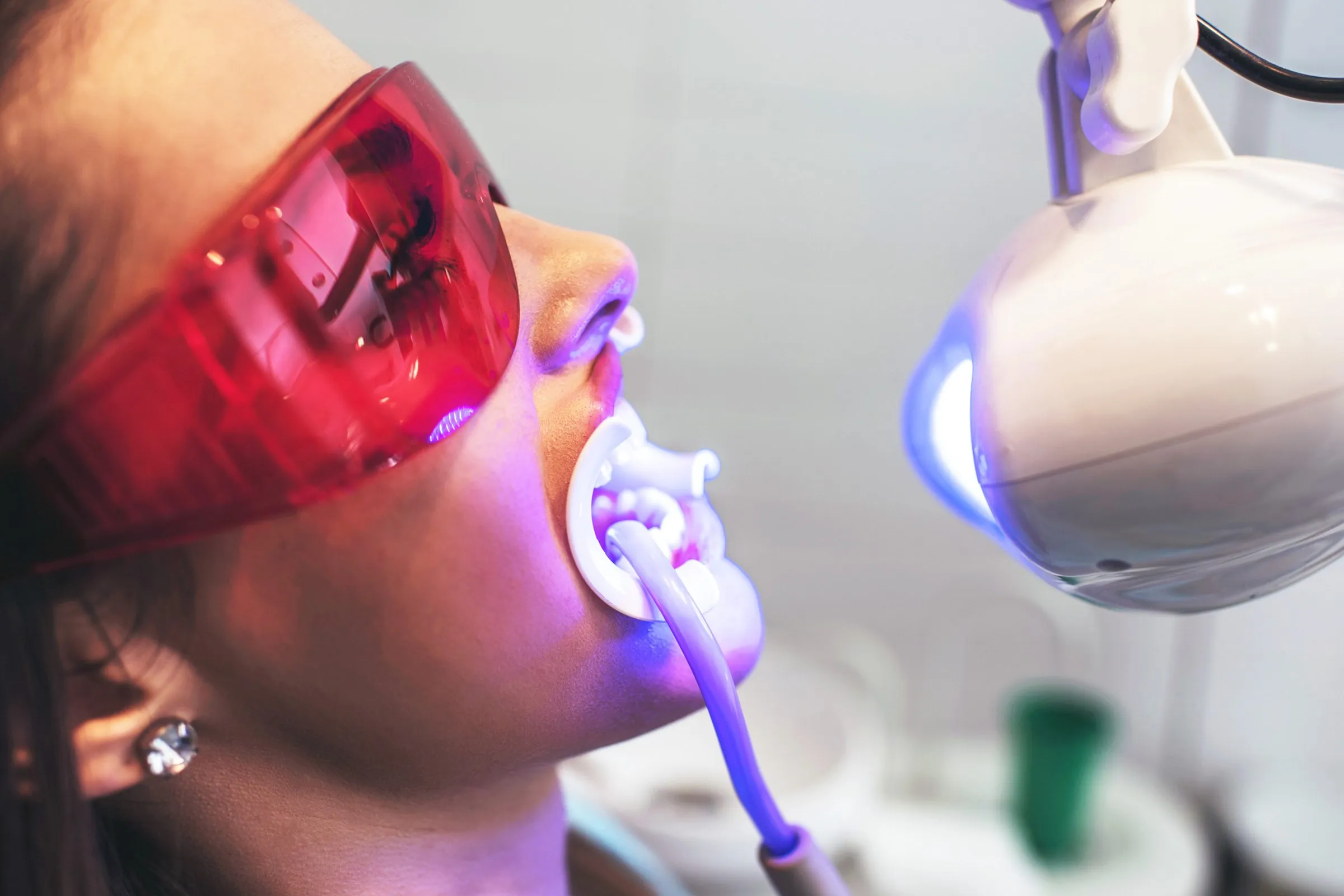
Tooth sensitivity is a common side effect of teeth whitening. It occurs because the bleaching agents can penetrate the enamel and irritate the nerves in the teeth. This sensitivity usually manifests as a sharp, temporary pain when consuming hot or cold foods and drinks. The degree of sensitivity varies from person to person. To manage tooth sensitivity, your dentist may recommend using a toothpaste designed for sensitive teeth before, during, and after the whitening treatment. They may also adjust the concentration of the bleaching agent or the duration of the treatment. In most cases, tooth sensitivity resolves within a few days after the whitening procedure is complete. It is essential to inform your dentist if you experience significant sensitivity, so they can adjust the treatment plan accordingly.
Gum Irritation
Gum irritation, or gingivitis, can also occur as a side effect of teeth whitening. This happens when the bleaching agent comes into contact with the gum tissue. The gums may become inflamed, red, and tender. To prevent gum irritation, dentists will often take precautions such as using a protective barrier to isolate the gums from the bleaching agent during in-office treatments. If you experience gum irritation, it’s important to avoid irritating foods and drinks and to maintain good oral hygiene. The irritation typically subsides within a few days after the treatment. In severe cases, your dentist may recommend a soothing mouthwash or other treatments to alleviate the discomfort.
Reversal of Whitening Procedures
While teeth whitening procedures are designed to enhance your smile, their effects are not permanent. The results can fade over time due to various factors, including your diet, lifestyle, and oral hygiene habits. Understanding how to maintain your results and what to expect in terms of longevity is essential. The lifespan of your whitening results can vary, with professional treatments generally lasting longer than over-the-counter options. Regular maintenance, such as touch-up treatments and good oral hygiene, is key to preserving your brighter smile for as long as possible. Being aware of the factors that can affect the longevity of your results will help you make informed decisions about how to best maintain your whitened teeth.
Maintaining Results
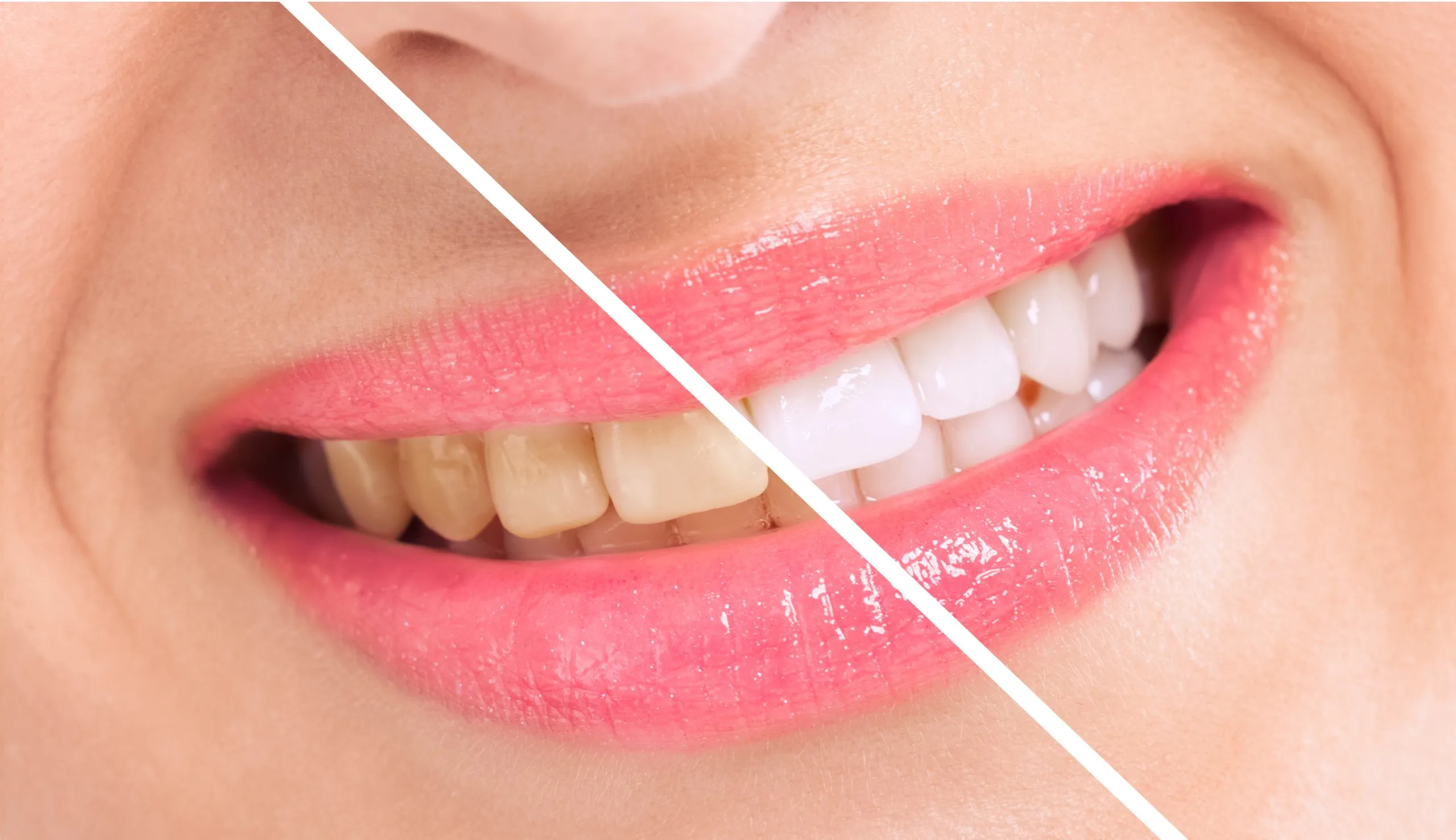
To maintain the results of your teeth whitening, several measures can be taken. Following a proper oral hygiene routine is paramount. This includes brushing your teeth twice a day with a whitening toothpaste, flossing daily, and using an antibacterial mouthwash. Regular dental checkups and cleanings are also crucial for maintaining your bright smile. Avoid consuming excessive amounts of stain-causing foods and drinks, such as coffee, tea, red wine, and berries. If you do consume these items, rinse your mouth with water immediately afterward to minimize staining. Periodic touch-up treatments, as recommended by your dentist, can help to maintain the desired level of whiteness. Consistent care and attention will ensure your smile remains bright and beautiful for an extended period.
Regular Dental Checkups
Regular dental checkups and cleanings are vital for maintaining the results of teeth whitening and ensuring overall oral health. During a checkup, your dentist will assess the condition of your teeth and gums, identify any potential problems, and provide professional cleaning to remove plaque and tartar. Professional cleaning helps to remove surface stains and keep your teeth looking bright. Your dentist can also provide guidance on maintaining your whitening results, such as recommending specific products or touch-up treatments. Scheduling regular checkups ensures that any issues are addressed promptly, preventing further complications. Following your dentist’s recommendations and maintaining good oral hygiene habits are essential to preserve your bright smile and keep your teeth healthy.
Avoiding Stain-Causing Foods and Drinks
Avoiding stain-causing foods and drinks is crucial for preserving the results of your teeth whitening. Certain foods and beverages contain pigments that can stain your teeth over time. These include coffee, tea, red wine, dark-colored sodas, berries, and tomato-based sauces. If you consume these items, it’s advisable to rinse your mouth with water immediately afterward to minimize staining. Using a straw when drinking dark-colored beverages can also help to reduce contact with your teeth. Limiting your intake of these stain-causing substances and practicing good oral hygiene can significantly extend the lifespan of your teeth whitening results. Being mindful of what you eat and drink will help you maintain a brighter, more confident smile for a longer period.
Conclusion
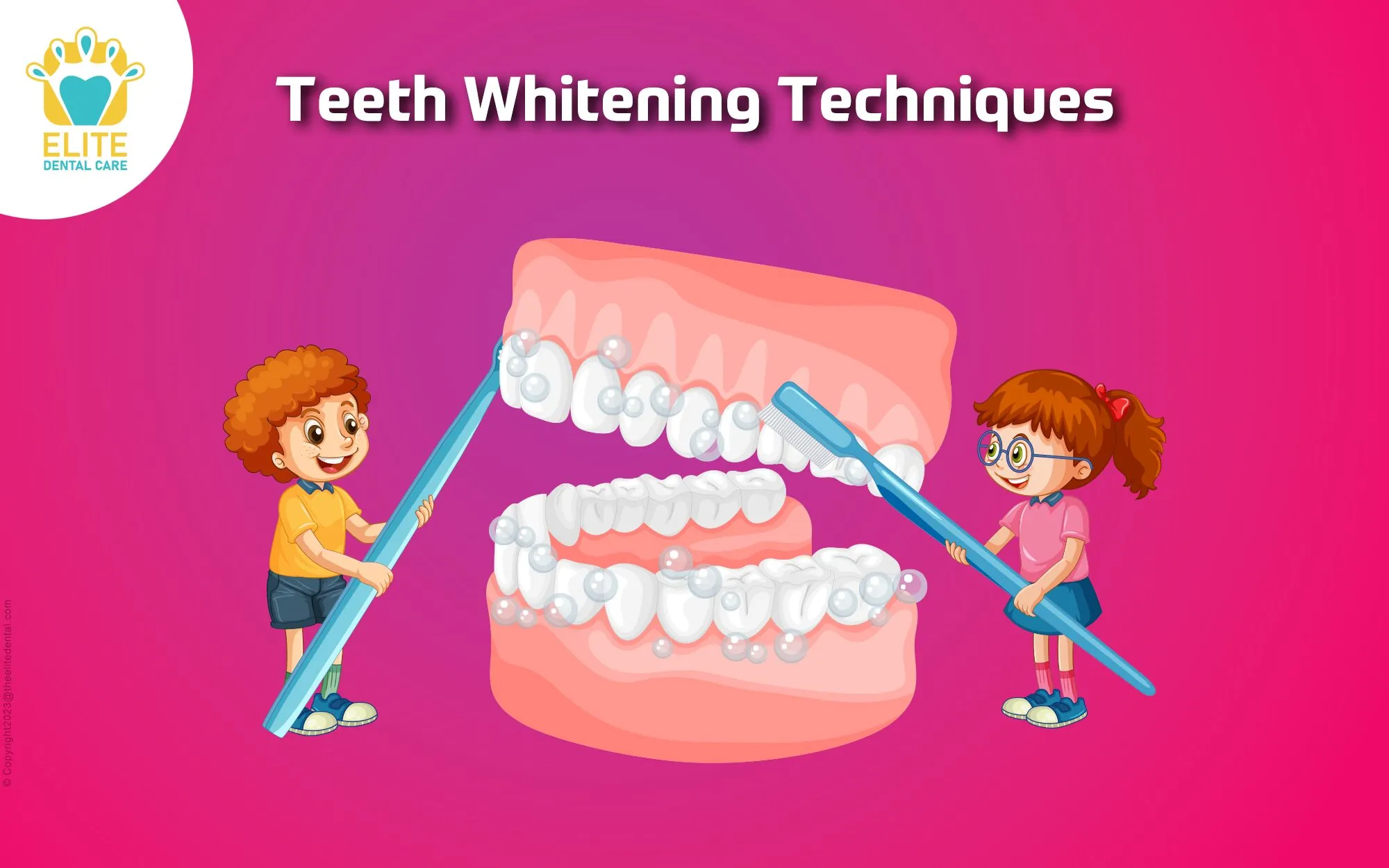
Teeth whitening procedures offer a variety of options to enhance the brightness of your smile. From professional in-office treatments to convenient at-home kits and over-the-counter products, there is a solution to suit every need and budget. Understanding the different types of procedures, their benefits, and potential side effects is crucial for making an informed decision. Remember to consult with your dentist to determine the best option for your specific oral health needs. Proper oral hygiene, regular dental checkups, and avoiding stain-causing foods and drinks are essential for maintaining your bright, beautiful smile. By following these guidelines, you can confidently achieve and maintain a whiter, more confident smile.
